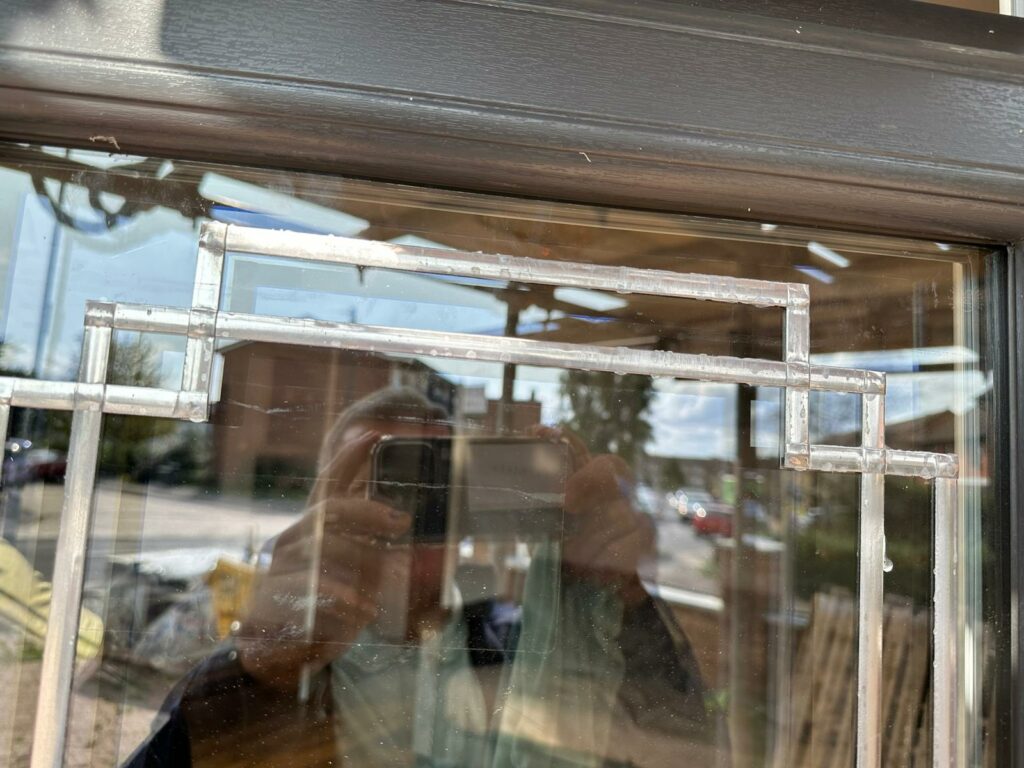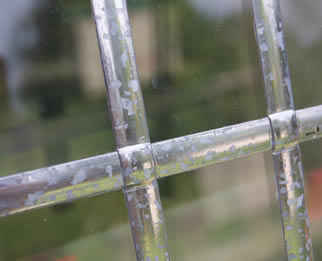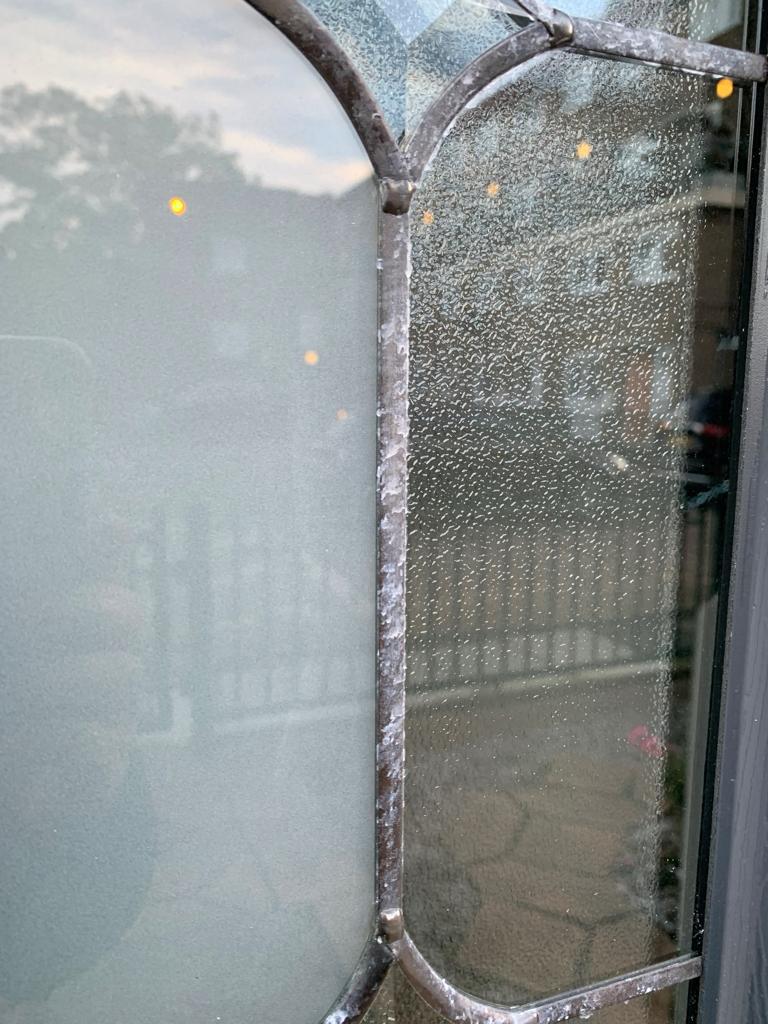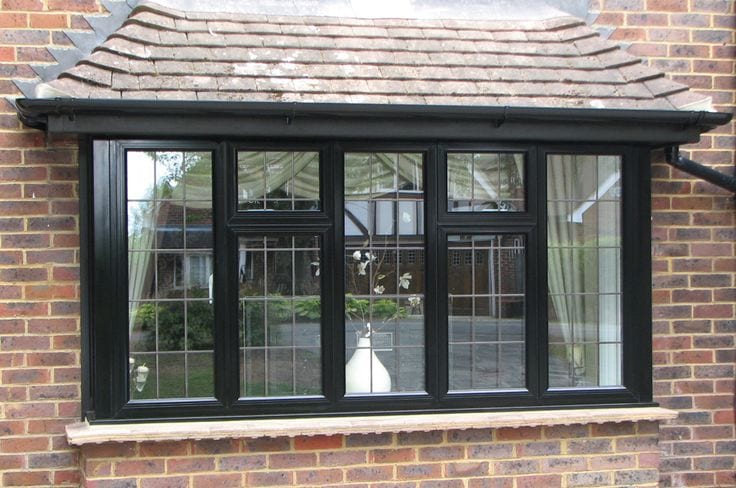27 Dec Understanding and Caring for Your Leaded Windows: A Guide to Natural Oxidation
Lead has long been an integral part of window manufacturing, gracing the facades of old churches and adorning traditional stained-glass windows. It’s a natural product that, when exposed to the open air, undergoes a process known as oxidisation. While this might initially cause concern for homeowners, DDG Windows is here to provide you with all the facts, reassure you, and guide you through the natural oxidation process.
The Nature of Oxidised Lead



Oxidisation of lead is a natural and unavoidable phenomenon. For double-glazed windows, there are two types of lead: one starts off naturally dark, showing less obvious signs of oxidation, while the other begins shiny and gradually oxidises over time. The visual effects of oxidised lead include grey, milky streaks on the window pane, which may turn into a powdery residue when dry. Additionally, areas on the lead may exhibit a dull, discoloured appearance.
Fear not; these effects are temporary. In due course, the lead will settle into its traditional weathered dark grey appearance, a testament to the natural ageing process.
Letting Nature Take Its Course
The natural oxidisation process typically takes a couple of days, facilitated by the constant moisture in the air, especially during winter. However, in drier conditions, like summer, streaks may linger longer. Rest assured that rain will play a key role in naturally washing away any residue, leaving your windows looking pristine.
Cleaning Oxidised Lead Safely
If you find the effects lasting longer than expected, you can safely clean your leaded windows. Warm soapy water is your best friend in this process – gently wash away the powder produced by oxidisation. Avoid using excessive force, as aggressive cleaning may expose layers beneath the lead and never use any hard abrasives. Remember, any visual side-effects will eventually be resolved by the natural combination of weather and lead’s oxidation.
Understanding Patination and the Evolution of Lead Appearance

New lead windows may display assorted colours like blue, bronze, gold, or green during the initial stages of patination. This can be alarming, but it’s often due to the angle of light. Over time, these colours will fade away, leaving behind the cherished protective grey patina seen on historic churches and stately homes.
In conclusion, lead oxidation is a natural process that adds character and history to your windows. Understanding the process, allowing nature to take its course, and cleaning safely when needed will ensure your leaded windows maintain their charm over time.
Contact your local DDG customer services representative to guide you through every step, ensuring the longevity and beauty of your windows for years to come.


